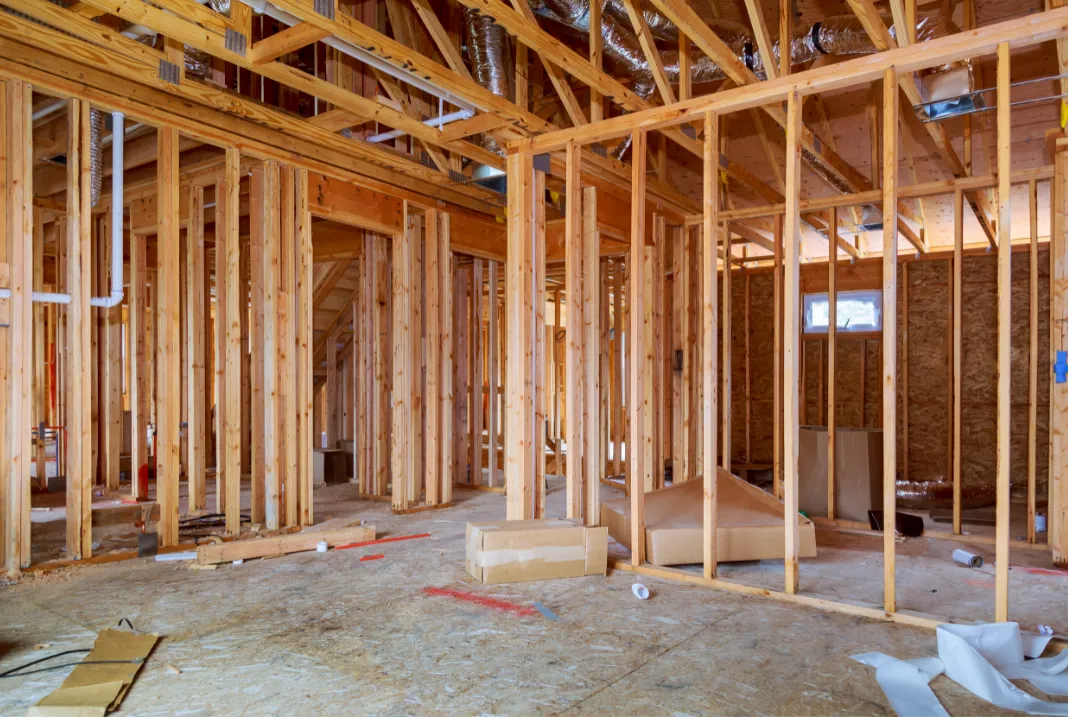Metal or Wood Framing
Precision Framing Solutions in Metal and Wood

Why Choose Us for Your Framing Project
While choosing between metal or wood framing, it's essential to consider the unique benefits each material offers. Metal framing provides durability and resistance to pests, moisture, and fire, making it ideal for commercial buildings or areas prone to these issues. It's also lightweight and easy to install, which can save you time and labor costs. However, wood framing is a classic choice for its versatility and ease of handling. It offers a natural aesthetic and is often more cost-effective for residential projects. Wood also provides excellent insulation properties, making it energy-efficient. As we weigh these options, let's consider the specific needs of our project, such as environmental conditions and budget constraints, to ensure we make the best decision for our construction needs.
Comparing Metal and Wood Framing
When it comes to constructing stable and durable structures, understanding the differences between metal and wood framing is crucial. Each material has unique characteristics that influence our choice depending on the project's needs. Metal framing, typically made from lightweight steel, is known for its strength, resistance to pests, and non-combustible nature. It's especially useful in commercial applications where these traits are prioritized.
On the other hand, wood framing offers a natural, versatile, and cost-effective option, often favored in residential construction. It's easy to work with and provides excellent thermal insulation. However, wood is susceptible to moisture, pests, and fire risks.

Benefits of Metal Framing in Construction
Although traditional wood framing has its merits, metal framing offers significant advantages that make it a compelling choice for modern construction projects. We find metal framing to be particularly beneficial due to its durability and resistance to pests like termites, which can wreak havoc on wood structures. Metal doesn't warp or shrink, providing consistent dimensional stability over time. It's also non-combustible, offering superior fire resistance and potentially reducing insurance costs.
Additionally, metal framing is lightweight, making it easier to handle and transport, which can speed up construction timelines. From an environmental perspective, metal is often made from recycled materials and is fully recyclable, aligning with sustainable building practices. These benefits contribute to a safer, more efficient, and environmentally friendly construction process.
Advantages of Wood Framing
While metal framing has its strengths, wood framing offers unique advantages that can't be overlooked. First, wood is more cost-effective and readily available, making it a popular choice for many construction projects. It provides excellent thermal insulation, helping us reduce energy costs. Wood's natural properties make it easier to work with, allowing for quick modifications and repairs if needed. Additionally, wood offers a sustainable option; it is renewable and biodegradable, aligning with our eco-friendly values.
We appreciate the aesthetic appeal wood brings, offering a warm and inviting feel to any structure. Its versatility allows us to create intricate designs and adapt to various architectural styles. By choosing wood framing, we're not only making a practical choice but also enhancing our project's overall charm.
